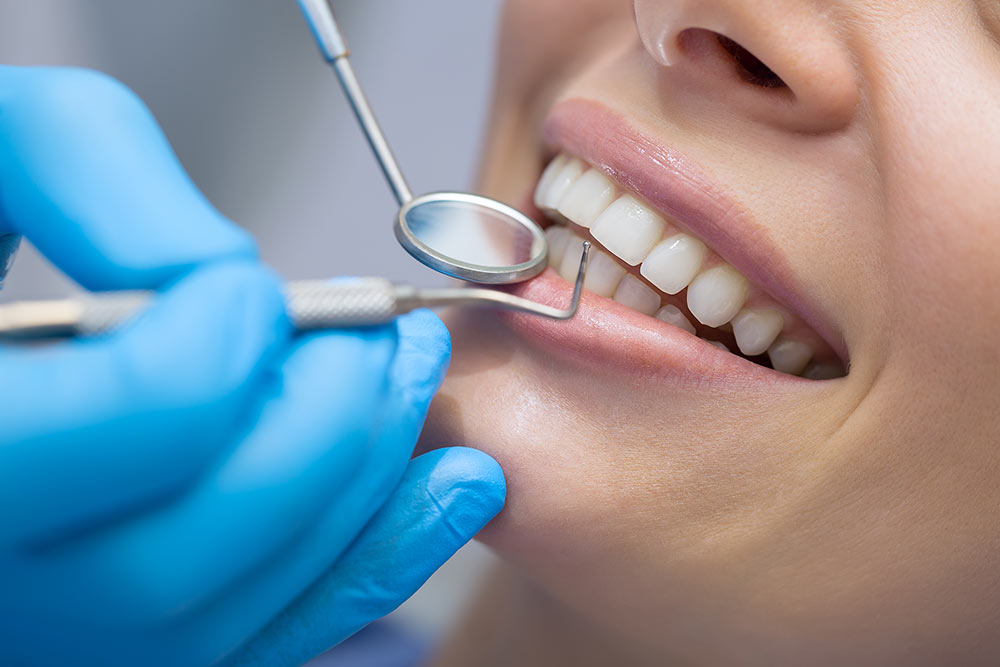Individual Oral Hygiene Protocol
Each patient is evaluated using radiographs (x-rays) and an intraoral evaluation to determine the level of care required. If a standard cleaning is sufficient the hygienist will perform localized scaling to remove hard buildup on your teeth followed by a polish which can help remove mild surface staining and debris while leaving your teeth feeling nice and clean.
Fluoride
Fluoride is the primary tool we have to help strengthen our teeth. Fluoride is generally administered in a gel and coats the surfaces of your teeth. Our teeth can uptake fluoride into slightly weakened areas to help the tooth remain strong and healthy. The application is quick and easy and is generally performed following a routine cleaning. The fluoride is then allowed to sit on the teeth for a few hours, undisturbed by eating, in order to allow it time to help strengthen our teeth.
Sealants
A sealant is a protective layer of resin that is placed in the groves of teeth where food and bacteria can live. These areas can be hard to clean, which may lead to cavities. A sealant should be placed on a healthy surface (most commonly on a newly erupted tooth), and can help decrease the risk of developing cavities in those areas. Sealants do not require any removal of tooth structure, and can easily be done without the use of anesthetic. And they are white, so you can hardly tell they are there. A little bit of prevention can go a long way.
Oral Cancer Screening
An oral cancer screening consists of both a visual inspection of the oral tissues, as well as feeling inside the mouth and around the jawbone to check for any irregularities that may warrant further investigation.

